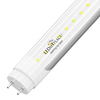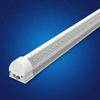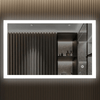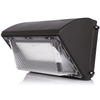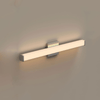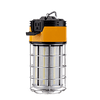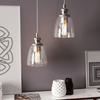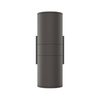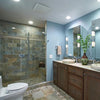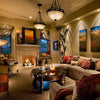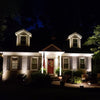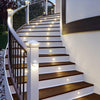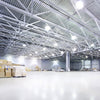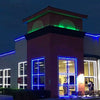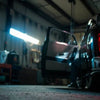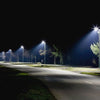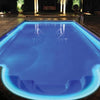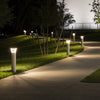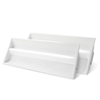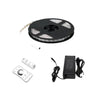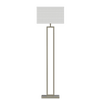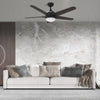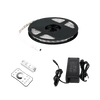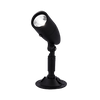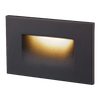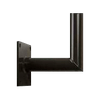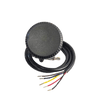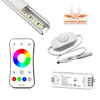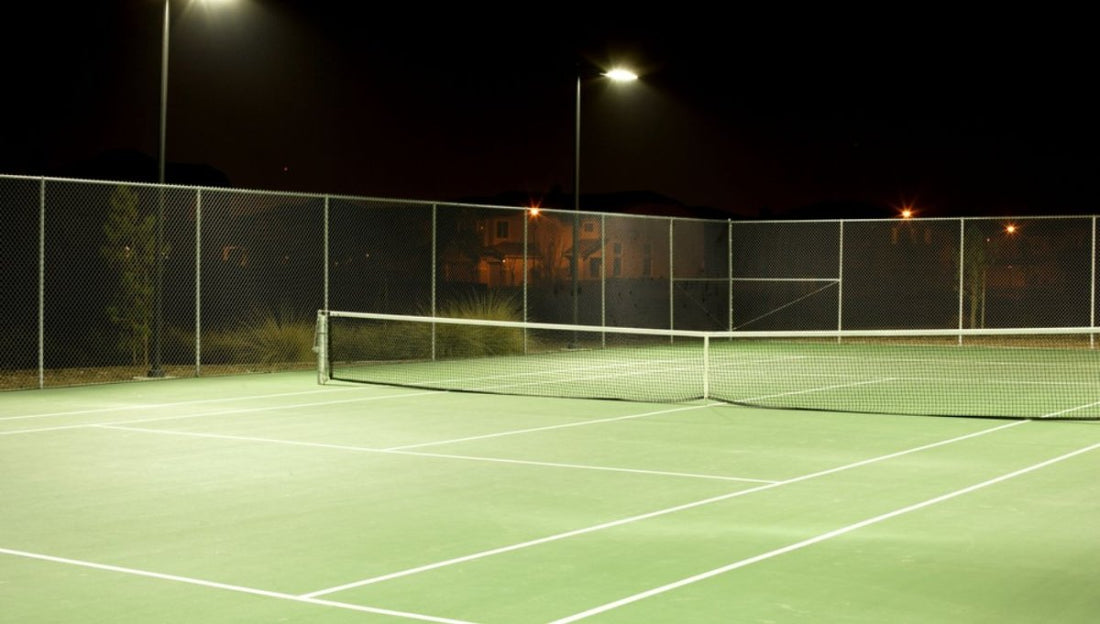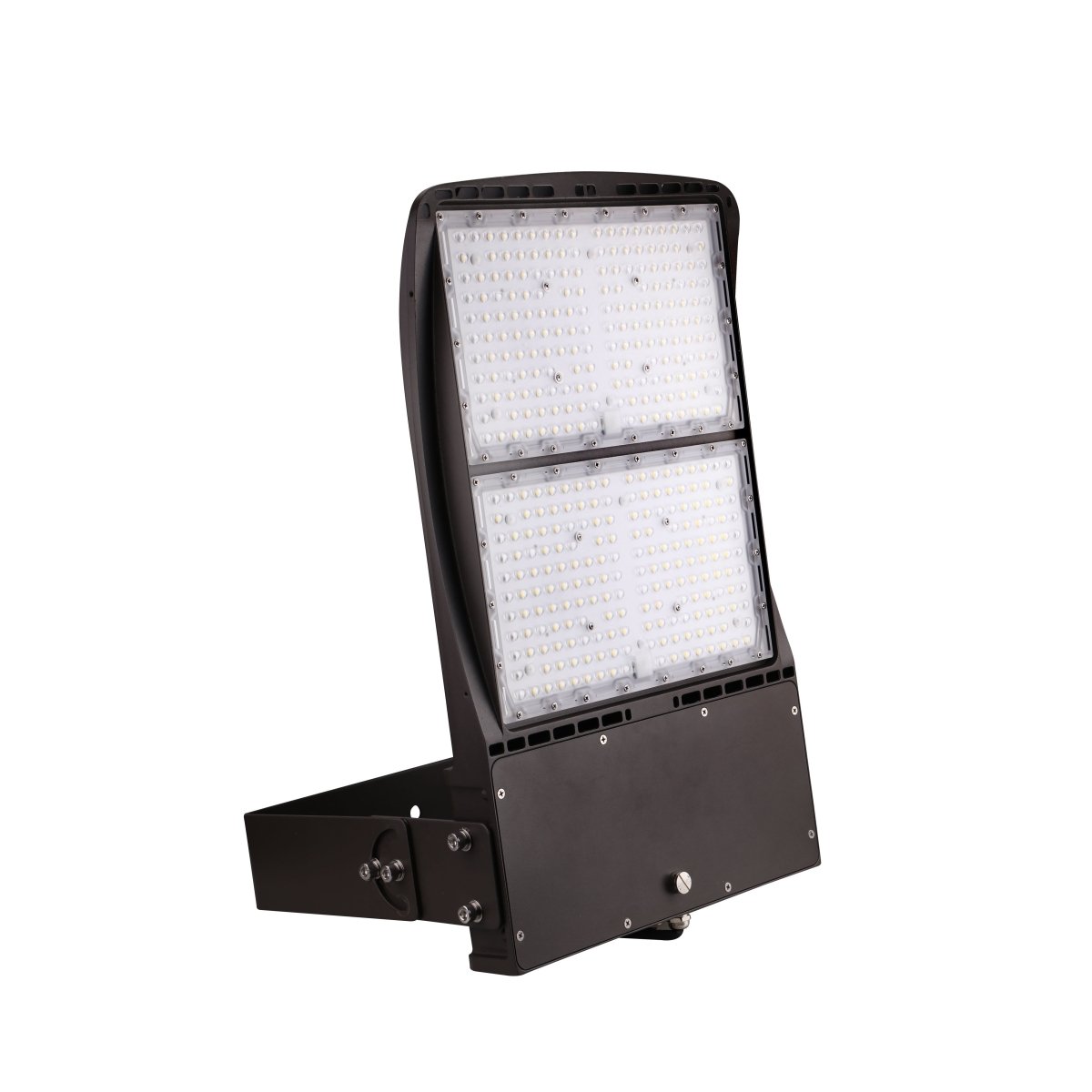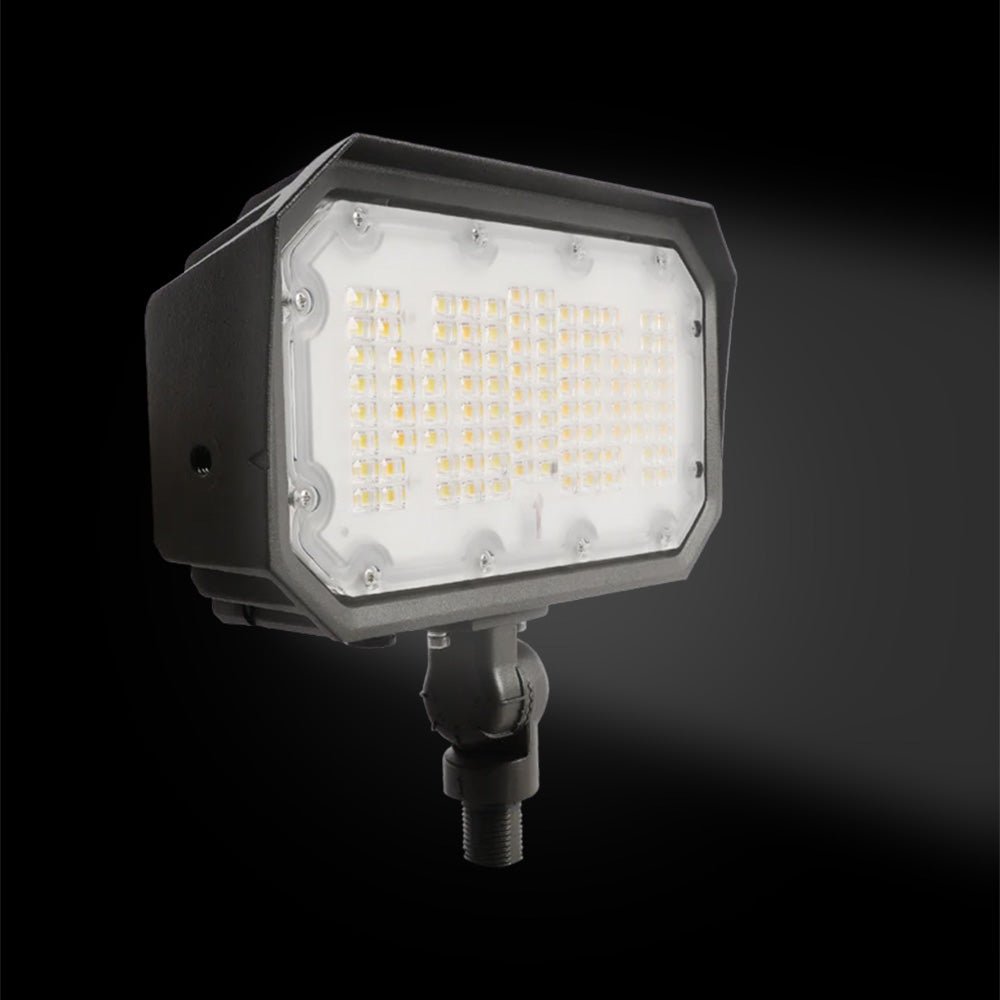Tennis is a popular sport enjoyed by millions of people around the world, and like any other sport, it requires proper lighting for optimum playability. Whether it's a professional tournament or a casual evening match, having the right lighting on a tennis court is crucial for players, spectators, and even television broadcasts. In recent years, LED flood lights have gained popularity as a superior lighting option for tennis courts due to their efficiency, longevity, and superior performance.
Introduction
Proper lighting on a tennis court not only ensures better visibility but also enhances safety, allowing players to see the ball clearly and react quickly. In the past, traditional lighting options such as metal halide or high-pressure sodium lights were commonly used for tennis court illumination. However, with advancements in technology, LED flood lights have emerged as a game-changer in the field of sports lighting.
Understanding Tennis Court Lighting
Before delving into the wattage requirements for tennis court lights, it's essential to understand the key factors that contribute to effective lighting. Factors such as uniformity, color rendering, glare control, and light distribution play a crucial role in providing optimal visibility on the court.
How Many Watts are Required for Tennis Court Lights?
The wattage of tennis court lights depends on various factors, including the size of the court, the level of play, and the lighting standards set by regulatory bodies. Generally, the recommended wattage range for tennis court lights falls between 200 watts and 1000 watts per fixture. However, it's important to note that each tennis court is unique, and the specific wattage requirement may vary based on individual factors.
The size of the tennis court is a significant factor when determining the wattage needed for effective lighting. Smaller courts, such as those used for practice or recreational play, may require lower wattage in the range of 200-400 watts per fixture. On the other hand, larger courts, such as those used for professional tournaments or high-level competitions, may require higher wattage in the range of 600-1000 watts per fixture to ensure sufficient illumination.
Apart from court size, other factors can influence the wattage requirement. These factors include the level of play, the desired lighting level, and any additional lighting requirements for surrounding areas. For example, a tennis court used for professional tournaments or televised matches may require higher wattage to meet the stringent lighting standards and accommodate high-speed camera systems.
Advantages of LED Flood Lights for Tennis Courts
LED flood lights offer several advantages over traditional lighting options for tennis courts. One of the significant benefits is energy efficiency. LED lights consume significantly less energy compared to traditional options, resulting in reduced electricity costs and a smaller environmental footprint.
Additionally, LED flood lights have a longer lifespan, often lasting more than 50,000 hours, compared to the shorter lifespan of traditional lights. This longevity eliminates the frequent maintenance and replacement costs associated with traditional lighting systems, making LED lights a cost-effective choice in the long run.
Furthermore, LED flood lights provide superior performance in terms of brightness, color rendering, and light distribution. They offer better visibility, reduce glare, and enhance the overall playing experience. LED lights also have instant on/off capabilities, eliminating the warm-up time required by traditional lights.
Factors to Consider When Choosing LED Flood Lights
When selecting LED flood lights for tennis courts, it's essential to consider various factors to ensure optimal performance. Firstly, the color temperature of the lights should be carefully chosen to provide adequate visibility and clarity. A color temperature of 5000K is generally recommended for tennis courts as it closely resembles daylight and ensures excellent visibility.
The beam angle of the flood lights is another crucial factor. Narrower beam angles provide focused illumination, suitable for smaller courts, while wider beam angles offer better coverage for larger courts. It's important to strike the right balance between coverage and uniformity when choosing the beam angle.
Durability is also a key consideration. LED flood lights designed for outdoor use should be weatherproof, dustproof, and resistant to vibrations. This ensures they can withstand the elements and the physical demands of the game.
Installation and Maintenance Tips
To maximize the benefits of LED flood lights, professional installation is highly recommended. Expert installers understand the specific requirements of tennis court lighting and can ensure proper positioning, aiming, and wiring of the fixtures.
Regular maintenance is also crucial to keep the LED flood lights in optimal condition. Cleaning the fixtures regularly, inspecting for any damage or malfunction, and replacing faulty components promptly can extend the lifespan and maintain the performance of the lights.
Cost Considerations and Return on Investment
While the initial investment in LED flood lights may be higher compared to traditional lighting options, the long-term savings they offer make them a worthwhile investment. The energy efficiency of LED lights translates to significant electricity cost savings over time, which can offset the initial higher cost.
LED lights also have a longer lifespan, resulting in reduced maintenance and replacement costs. When considering the total cost of ownership, including energy expenses, maintenance costs, and lifespan, LED flood lights provide a higher return on investment compared to traditional lighting options.
Environmental Impact
Another crucial aspect of LED flood lights is their positive environmental impact. LED lights are free from harmful substances such as mercury, making them safe for both humans and the environment. They consume less energy, reducing greenhouse gas emissions and contributing to a greener future.
Using LED flood lights for tennis courts aligns with the growing importance of sustainable practices in sports facilities. By opting for eco-friendly lighting solutions, tennis clubs and organizations can showcase their commitment to environmental stewardship and contribute to a more sustainable sporting community.
Conclusion
Choosing the right wattage for tennis court lights is essential to ensure optimal visibility, safety, and performance. LED flood lights have revolutionized the world of sports lighting, offering superior energy efficiency, longevity, and performance compared to traditional lighting options. By considering factors such as court size, level of play, and lighting standards, tennis court owners and operators can select the appropriate wattage and enjoy the numerous benefits that LED flood lights provide.
Frequently Asked Questions
Q: Are LED flood lights suitable for both indoor and outdoor tennis courts?
A: LED flood lights are suitable for both indoor and outdoor tennis courts. However, it's important to choose fixtures specifically designed for the intended environment.
Q: Can I replace my existing lighting fixtures with LED flood lights without any modifications?
A: In most cases, a retrofit may be required to replace existing lighting fixtures with LED flood lights. It's recommended to consult with a professional lighting installer to assess the compatibility and make any necessary modifications.
Q: Do LED flood lights require a warm-up period before reaching full brightness?
A: No, LED flood lights provide instant illumination without any warm-up period. They reach full brightness as soon as they are switched on.
Q: How do LED flood lights contribute to energy savings?
A: LED flood lights are highly energy-efficient, consuming significantly less electricity compared to traditional lighting options. This results in reduced energy costs and lower carbon emissions.
Q: Are LED flood lights dimmable for tennis court lighting?
A: Yes, many LED flood lights come with dimming capabilities, allowing for flexibility in adjusting the brightness levels according to specific lighting requirements.







